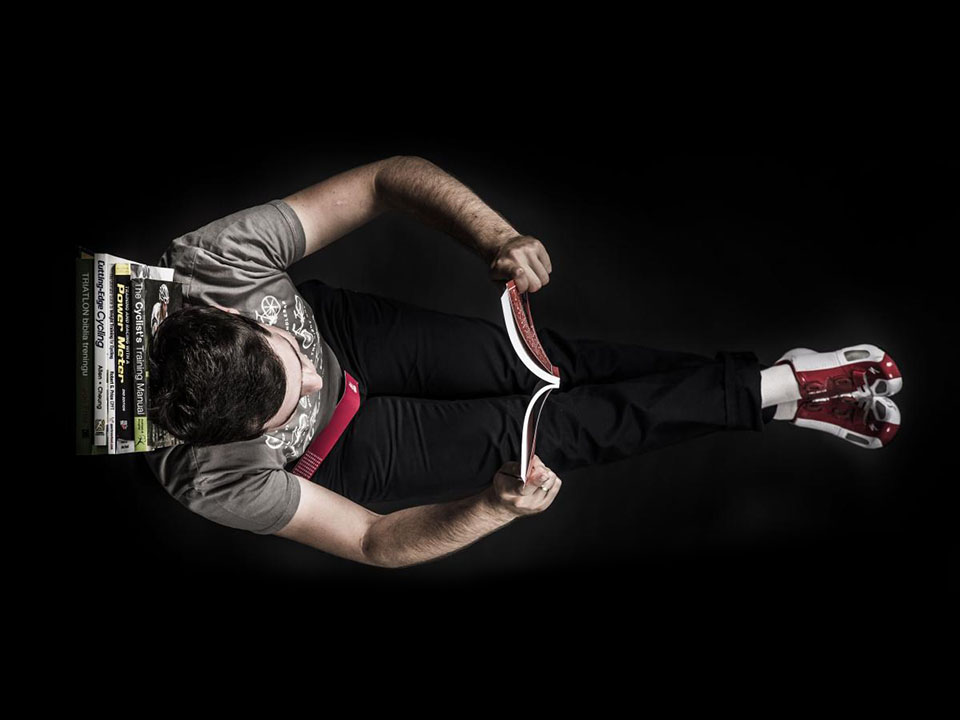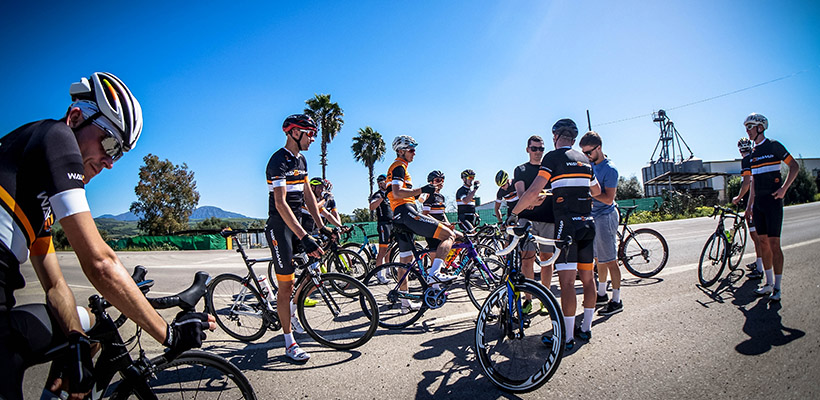
Morning workout. Ten tips on how to do it.
17 August 2017
What can you achieve with a power meter? V.2
17 August 2017
Everyone knows that power is trendy. Supposedly, everybody understands what it’s all about, that there is some FTP and it would be nice if it were as high as possible. I know, however, that not everyone can recite the main advantages of the power meter, especially those that we do not hear on a daily basis.
What will you achieve with a power meter?
1. You can plan the peak of your fitness.
The coach’s and athlete’s Holy Grail is now a bit more accessible. I wrote “a bit” on purpose, since using the Performance Management Chart tool can mathematically (based on the physiology of effort) calculate the necessary loads and time required to obtain the top of the form. This increases the likelihood of success, but it does not give a 100% certainty of hitting the point.
How is the peak of the form planned for one period of the season?
- you choose the period in which you want to be the best
- you specify the race requirements on which you want to have a perfect day
- you set your goals to be achieved in a race and in training preparations
- based on the principles of exercise physiology, you determine the necessary loads (TSS) needed in subsequent weeks and cycles to obtain the top of the fitness
- you decide what exercises you need to perform in a given period
- you keep track of progress and react to changes
2. You can find your weaknesses and strengths
Performing tests with a power meter can determine your place in the so-called power profile, where the 15-second, 1-minute, 5-minute, 20-minute and 60-minute power values are marked. The table was constructed based on thousands of athletes’ training files at each level of proficiency. It gives us a picture of where we are in the development of our condition and what our weakness and strengths are.
The training, therefore, consists of limiting the weaknesses or transforming them into strengths and improving the latter.
See how we monitor the progress of the athletes.
3. You will gain time
Training with a power meter is precise. Below you can see an extreme example of a “spread” between power and heart rate. When monitoring only heart rate values, we cannot correctly evaluate the training stimulus. The values of heartbeats are however supportive, and we can draw conclusions from them, but they are most reliable when combined with a power meter.
4. You set the tactics for the race
Knowing your weaknesses and strengths allows you to:
- choose races where you can use your strengths
- pick races where you can work on your weaknesses
- determine the power you need to challenge, for example, next climbs, so that you don’t burn out at 1/3 of the distance to the finish line
- you can look at the meter to save as much energy as possible by moving to different areas of the peloton during a road race
- assess how much you can afford during a lonesome attack or a long escape so that you do not get sore excessively and leave some energy for the finish
5. You can perform the optimal number of intervals
The meter can help us perform the optimal number of intervals; consequently, providing the effect of developing a given training zone.
Example:
You want to train 3-minute repetitions on a 10% hill. Make three repetitions, and remember the average power of the third one. Repeat the intervals until the power drops below 5% of the third repetition (individual percentages differ for different lengths of intervals). It has a physiological justification – when the power in a given time interval falls below a particular value, we do not train that intensity zone anymore, only a lower one. This is not a training assumption and causes just additional fatigue, instead of working on the selected element
6. You can find the aerodynamic position
If you find a shielded piece of good quality asphalt (or, ideally, a cycling track), you can do aerodynamic tests in a homemade way.
How? Let’s see the example of several models of TT helmets.
- you ride a distance of, e.g., 2000m (the longer, the better, but the necessary condition is repeatable conditions regarding wind, temperature, air density)
- on this section, you maintain the average power, e.g., 90% FTP
- you save the obtained time
- you repeat the tests for the next helmet models, each time maintaining the same power, cadence, and position on the bike
- you choose the model where the travel time was the shortest





